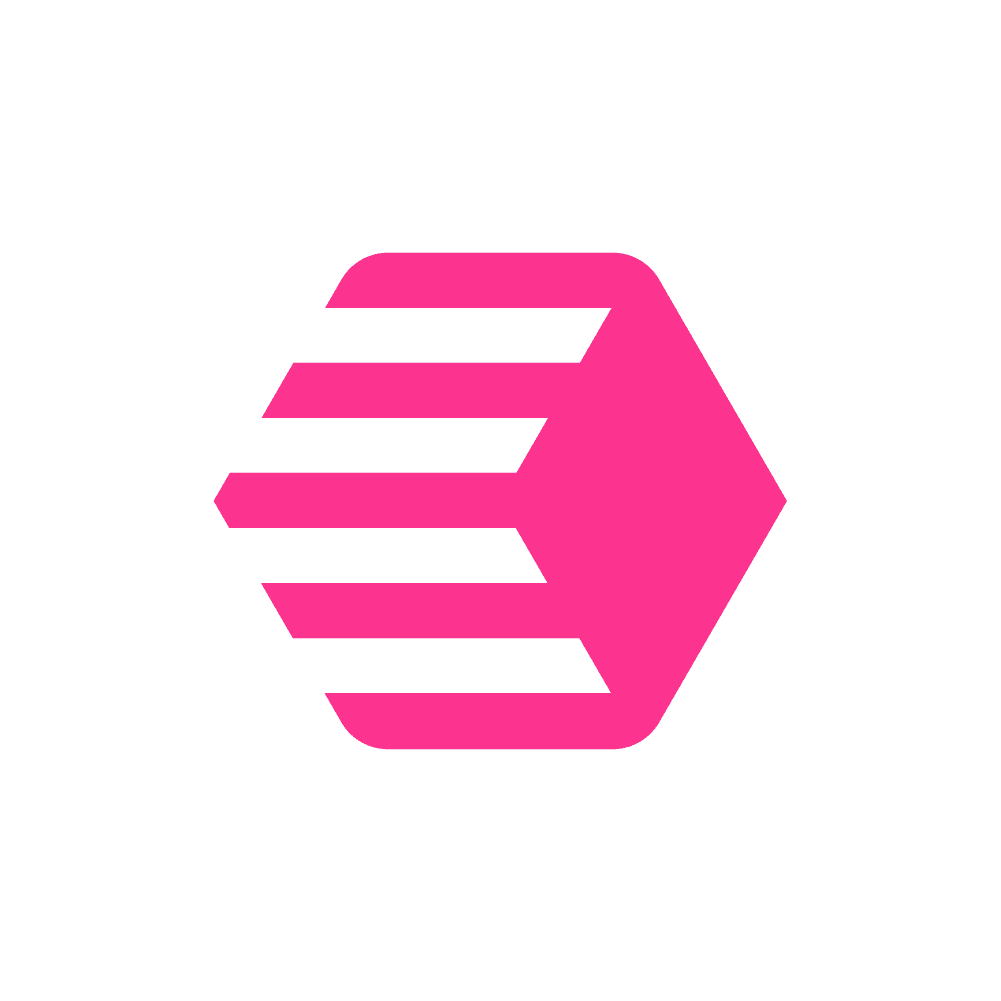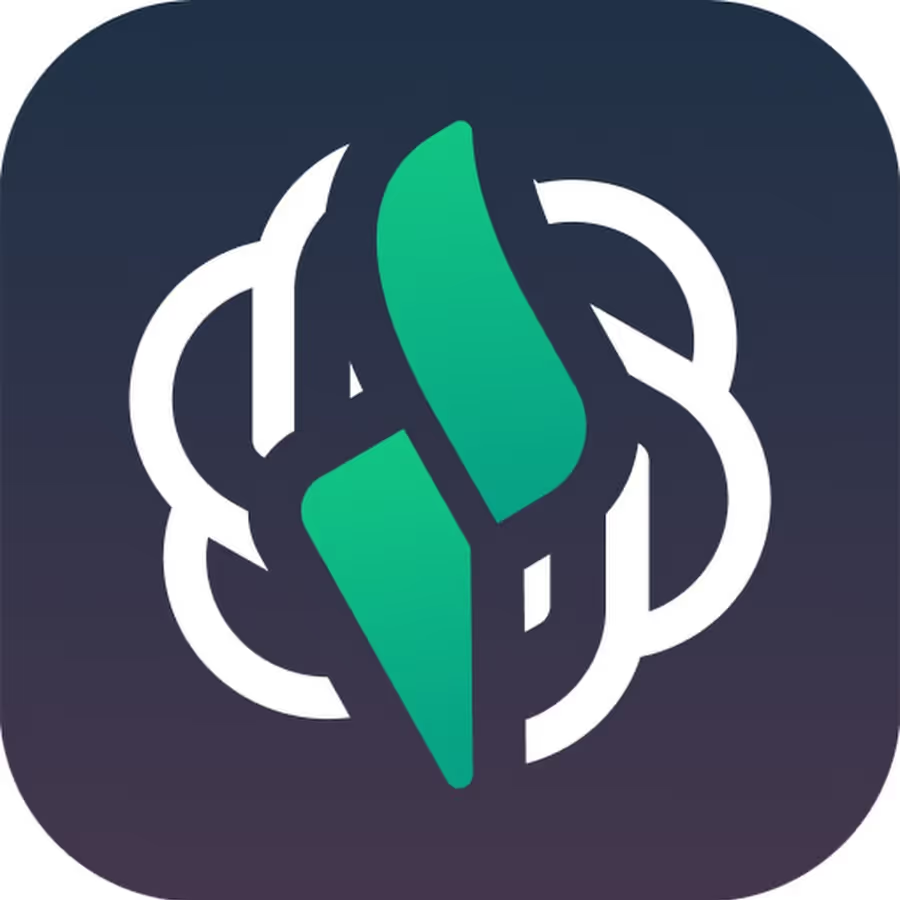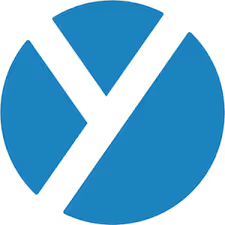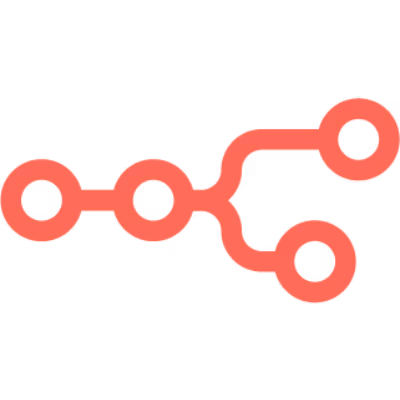Integrations & Workflows
These tools connect your different software applications and run complex business processes automatically. Instead of manually copying data between your CRM, email platform, and project management tool, they handle the transfers and trigger actions based on what happens. A sales team might set up a process where a new lead from their website automatically gets added to Salesforce, enrolled in an email sequence, and creates a task for follow-up, all without anyone touching it.
The technology works by connecting to your existing software through APIs and webhooks, then running workflows you design through visual builders. Most platforms include pre-built connections to popular business applications like Salesforce, HubSpot, Slack, and Google Workspace. You can build multi-step processes with conditional logic (if the lead score is above 80, assign to senior sales rep), loops for repetitive tasks, and data transformations that clean up information as it moves between systems. Some newer platforms add AI features that can interpret emails, enrich contact data, or make decisions about next steps.
These differ from basic workflow automation software that only handles simple trigger-based actions. They also go beyond data integration platform solutions that focus mainly on moving data around. While iPaaS solutions and enterprise application integration tools typically require IT involvement, these platforms let business users build and modify their own workflows. Unlike traditional business process automation tools that work in isolation, these can manage long-running processes that span multiple applications and departments.
Companies use these tools for lead routing and qualification, customer onboarding sequences, invoice processing, employee scheduling, and data sync between marketing and sales systems. Sales teams build automated outreach campaigns that personalize messages based on prospect behavior. Marketing teams sync campaign data with CRM records and trigger follow-up sequences. Operations teams automate reporting by pulling data from multiple sources into dashboards. As more companies adopt multiple software tools, these integration platforms are becoming essential for keeping everything connected and reducing manual work.

















































